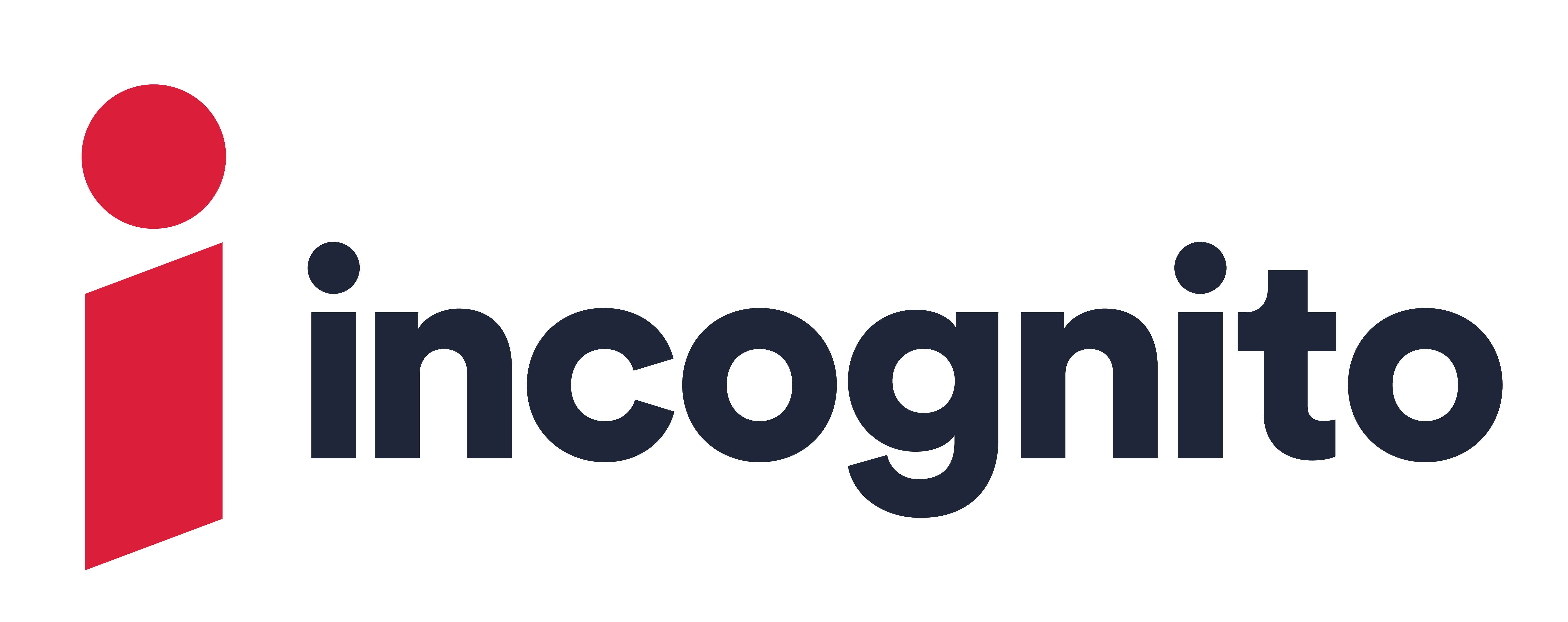This year, BBWF became the place to meet the entire broadband industry, with many cable operators joining their telco colleagues at the show, including the CTOs of leading MSOs such as Liberty Global. These two industries were once antagonistic but now share many of the same challenges, from increased bandwidth demand to managing the growth of devices in the connected home — and today, most solutions are based on the same technologies.
As a result, the key trends discussed by CxOs of leading communication service providers such as Sprint, Orange, Deutsche Telekom, Telstra, and Liberty Global were relevant to both telco and cable audiences. These speakers focused on strategies for providing faster and cheaper broadband services, while also improving the customer experience.
On the question of faster and cheaper broadband, it was striking to see how the best minds of the industry have been able to continually keep the 135-year-old copper pair relevant to 21st century broadband. New technologies such as VDSL2 Vectoring providing 100 Megabits or G.F reaching 1.1 Gigabit on short distances are strengthening the business case for ultra broadband complementing xPON or DOCSIS 3.1 technologies.
Software-defined networking (SDN) and network functions virtualization (NFV) were hot topics in the network OSS field. The long-term objective there is to adjust and optimize network resources intelligently based on real-time network traffic so that network resources can be distributed on demand. This would help reduce network costs while optimizing resources.
One key topic for service providers was related to the connected home, and more specifically, how to increase average revenue per user (ARPU) and improve the customer experience while limiting the related support costs. Incognito Software CEO Stephane Bourque shared his vision of the future of the connected home on the second day of the conference, along with representatives from Orange, Swisscom, and Entel. Stephane explained how service providers will need to be able to manage 50 devices for a family of four by 2022 if they want to benefit from the great business opportunities that home automation, monitoring, and smart programming represent.
Even if the number of connected devices in today’s average household is closer to 10, it’s clear that the complexity of the connected home is already driving new customer demands. For example, many service providers are already exploring customer experience management and home network monitoring tools to ensure service quality and ongoing profitability.
On that front, Incognito Software received a lot of attention for our TR-069 technology showcased at our booth. Visitors were able to see how our solution enables proactive monitoring of the quality of service in the connected home. Visitors to the booth were also eager to discuss a number of new initiatives such as 4G LTE gateway management, MoCA in home management, and wholesale ISP device managed services.
All in all, BBWF 2013 was a great show that will lead to a number of new, exciting projects for 2014. Stay tuned!
